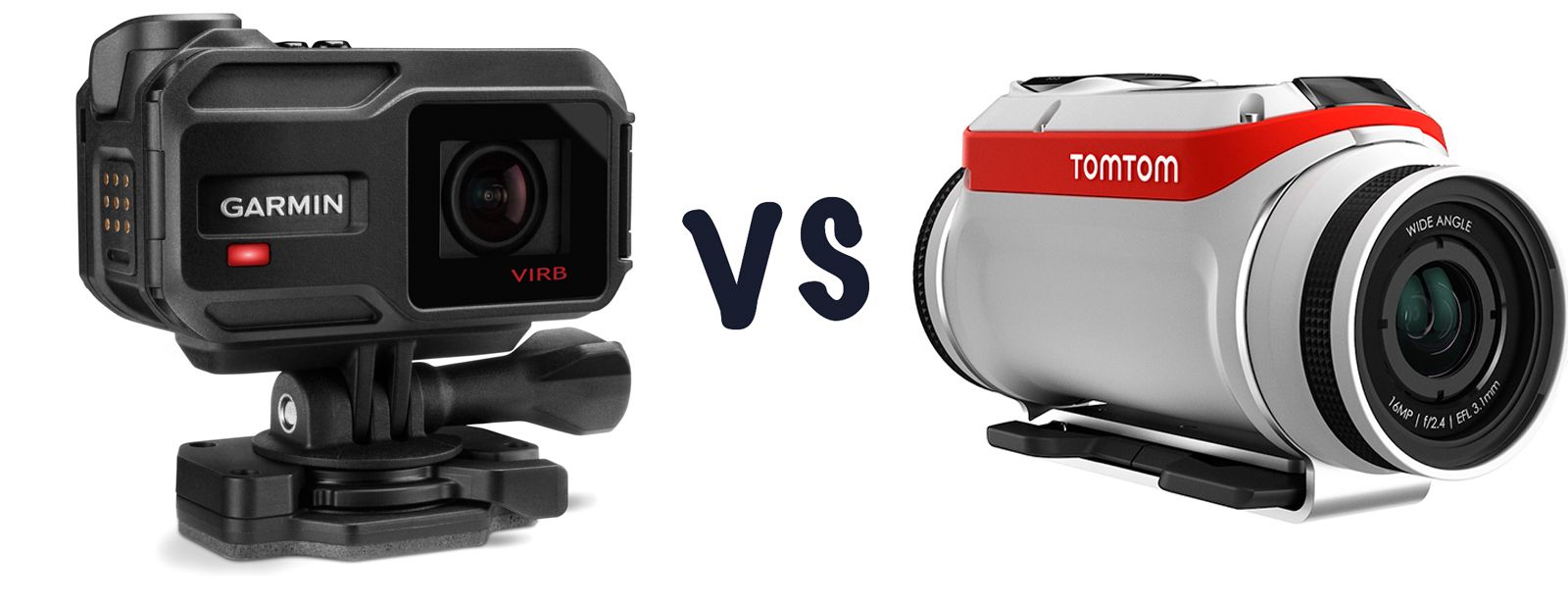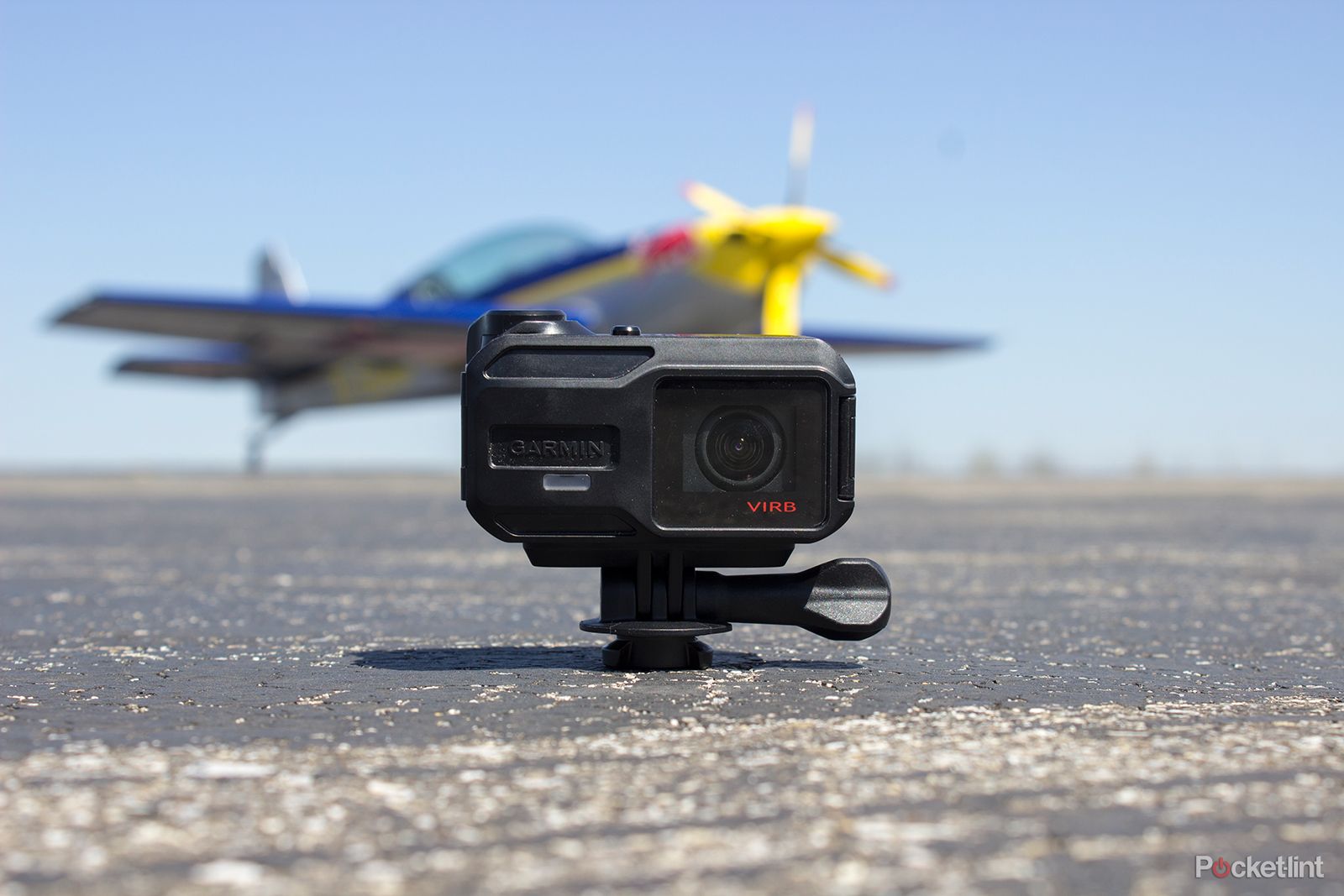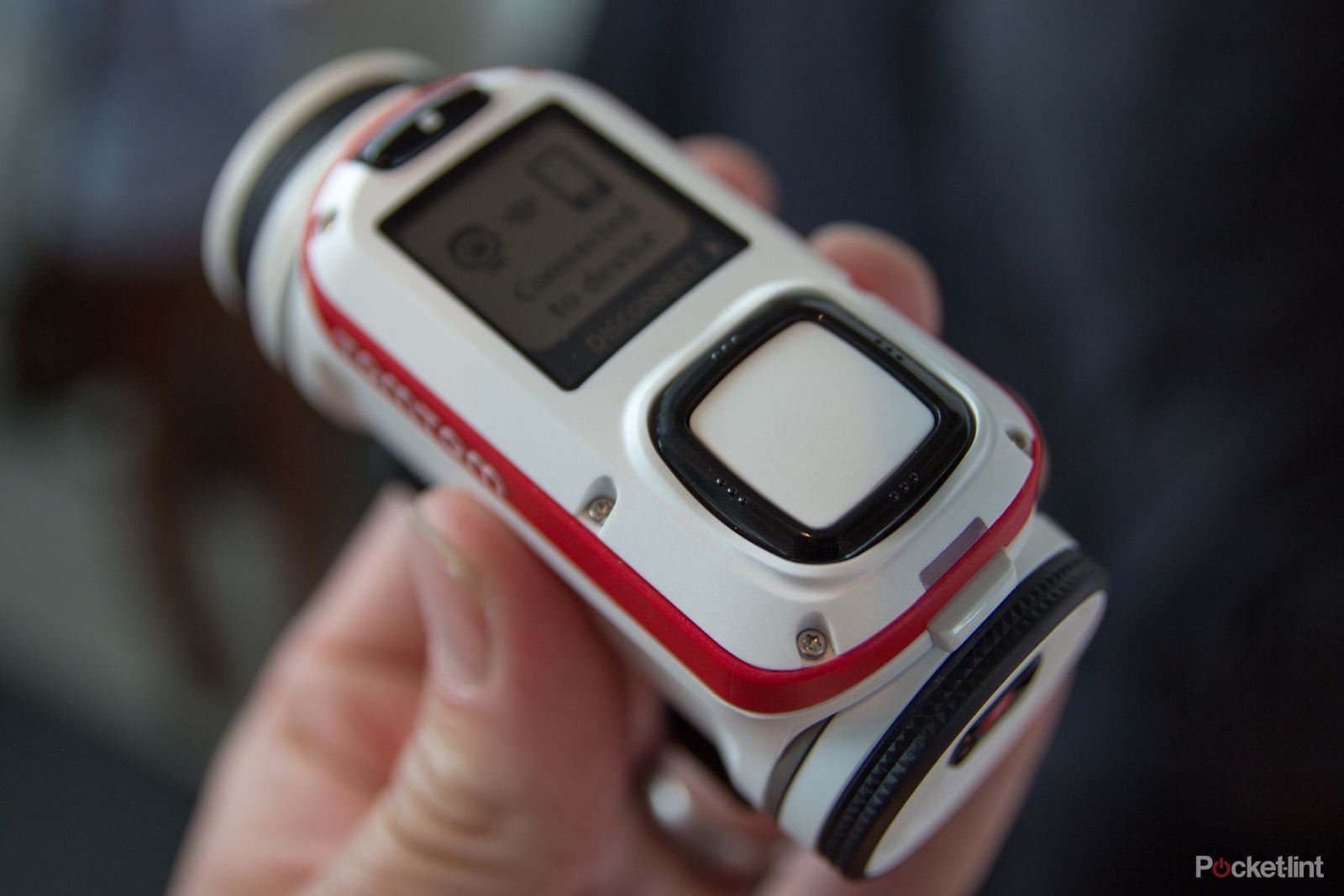Navigation companies creating action sports cameras is a fairly new prospect but already the two big boys, Garmin and TomTom, are squaring up for a head-to-head.
Garmin recently unveiled its VIRB XE as the follow-up to its original VIRB action camera from last year. But now it's not alone as TomTom has just announced its first action cam in the Bandit.
Where does GoPro fit in with all this? The GoPro Hero4 Black Edition is a serious sports action camera but it doesn't offer what these two do - data. As data collection specialists, both Garmin and TomTom are pioneering a new way to record video, with data like speed or heart rate available in playback.
So out of these two pioneers which camera is best for you?
Design duel
Both the TomTom Bandit and Garmin VIRB XE are larger than the GoPro competition but then they offer more.
The Garmin VIRB XE has its protective housing built-in meaning it can't be removed. While this protects it and keeps it waterproof at up to 50 metres deep it also allows for charging and data transfer thanks to an external connector. Both the battery and microSD memory are replaceable meaning no upper limits on storage or usage time. There is a screen for controls along with a physical record switch so you can feel if it's on or off even when head mounted.
The TomTom Bandit is totally waterproof as it is but requires an additional lens cap cover to be waterproof all the way to 50 metres. It also features a USB 3.0 connector so it can be plugged directly into a computer for access to its microSD and to charge the battery.
The Bandit is larger than the VIRB XE, a bit like Garmin's first-gen VIRB. But it also features a digital screen and controls similar to TomTom's Cardio GPS sportswatch. The barrel shape might limit the way the camera can be mounted which is why Garmin opted to shape the Virb XE more on GoPro design.
Capture stats
Both the Garmin VIRB XE and the TomTom Bandit are capable of shooting in 1080p at 60 frames per second or 720p at slow-motion 120fps.
The Garmin VIRB XE is able to shoot in 1440p but is limited to 30 frames per second. The VIRB XE can shoot photos at 12-megapixels.
The TomTom Bandit can shoot in 2.7K at 30fps and 4K, but it is limited to 15fps. It is also able to shoot native time lapse in 4K at 30fps. The Bandit can shoot photos at 16-megapixels.
Sensor smart
The thing that sets these two cameras apart from the GoPro competition is the sensors. Both companies have a history of creating sports tracking kit as well as navigation gear so sensors are nothing new to them.
The sensors on the Garmin VIRB XE make up a collection of data that the company calls G-Metrix. This is collected using an accelerometer, GPS, gyroscope, G-force sensor and any external sensors like heart rate monitor. The camera can connect to pretty much any Garmin sensor be it a heart rate monitor or a cycle cadence and power meter. This is thanks to ANT+, Bluetooth and Wi-Fi connectivity.
The TomTom Bandit features motion, pressure and GPS sensors to output metrics like speed, altitude, G-Force, acceleration and heart rate when connected to a monitor. Bluetooth Smart, Wi-Fi and USB 3.0 keep the camera connected.
Software centric
Since both the Garmin and TomTom are about adding data metrics to the video, they both come with editing software. So if you want to overlay a video of your cycle with heart rate numbers that's an option. This is also where the two are quite different.
The Garmin VIRB XE comes with a dedicated editing suite that allows the user to choose different data icons, like a speedo, to drag and drop easily into videos which can be cut and edited. This will eventually be added to Garmin's Connect software making sharing of the videos, as well as compeititon, possible through the large community.
TomTom's software is aimed at making video editing super easy for anyone. After connecting to a smartphone, the app can automatically edit video after a shake of the phone. It does this using data so it recognises which parts of the video are action packed, using those in the final edit for the best result. This is iOS only at launch but will arrive on Android "soon". Cleverly, during editing, the data is still on the camera, only transferred and compressed for sharing via a phone once you're finished. Again, you can add metrics like g-force or speed to your video.
Summary
Both the Garmin VIRB XE and the TomTom Bandit are the only cameras to offer such detailed data metrics along with high quality video capture.
While 4K can be found on the Bandit and not on the VIRB XE, at 15fps it's not of much real use anyway, especially not for action footage.
The Garmin VIRB XE is a little smaller, arguably with a more versatile mounting system and no need to spend more on accessories to make it waterproof to 50m.
The TomTom Bandit has a higher resolution camera at 16-megapixels over the Garmin's 13-megapixels. Both cameras offer dedicated software, but TomTom's is simpler to use and will make quick editing easy for anybody.
In terms of pricing the Garmin VIRB XE is £320 and available in June, whereas the TomTom Bandit is £300 and will arrive in May.



